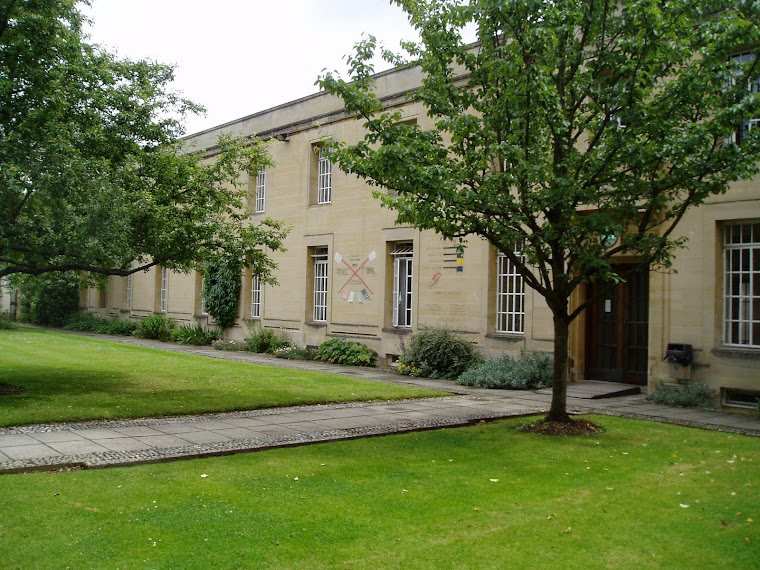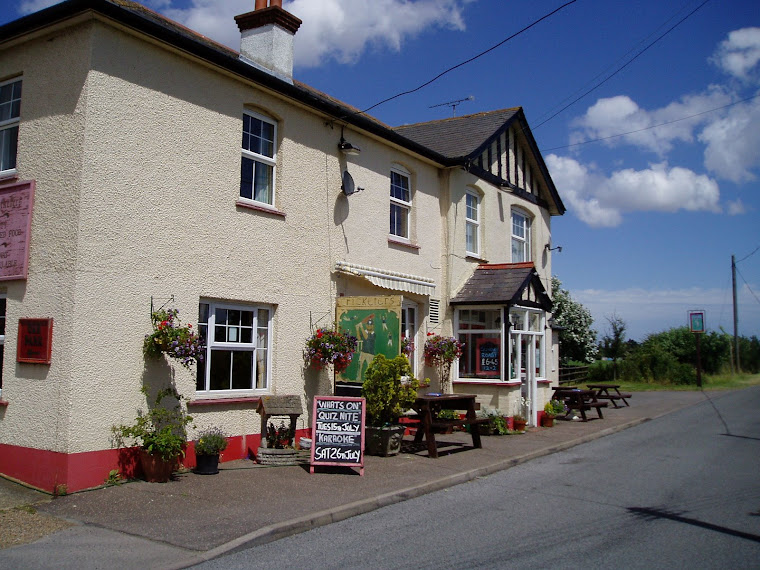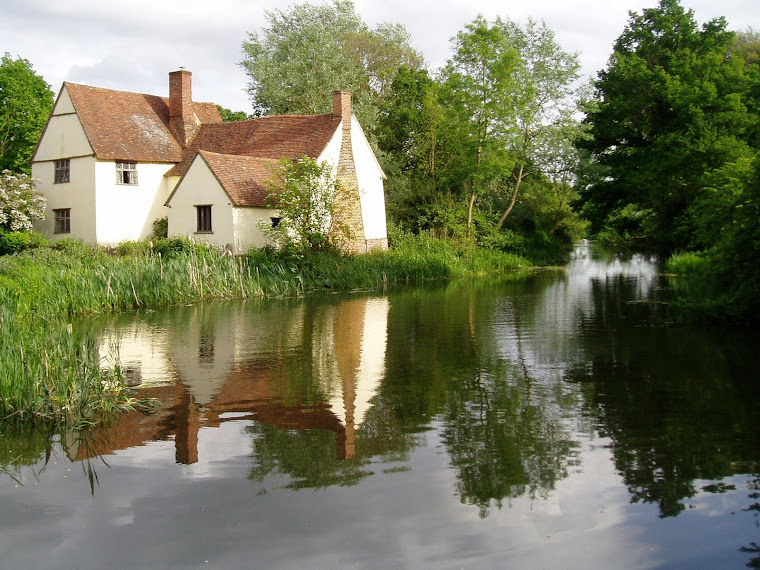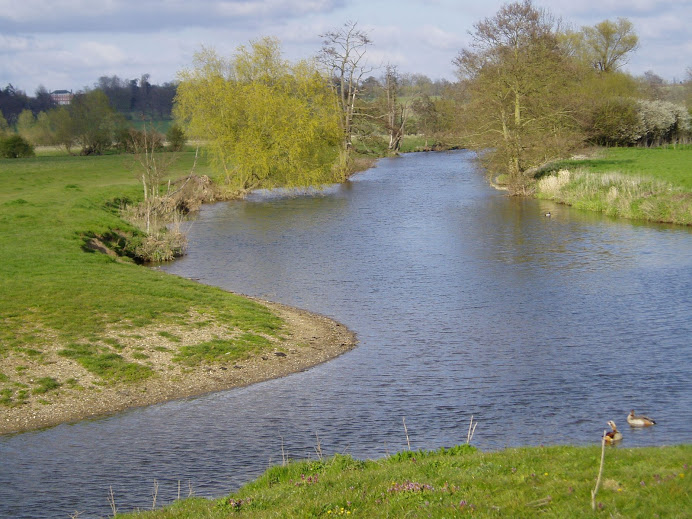Over the years time, money and effort have been wasted over silly school rules. I have already commented about the daft moves to remove competitive games at some primary schools. It goes completely against the Olympic ethos and value of teamwork.
In the first part of the 20th century some children did not go to grammar school because their parents could not afford the uniform, particularly the blazers. One schoolgirl had a blazer that had to last her for years. She had to grow into it. Sometimes the sports equipment, especially cricket, made further demands on the parental purse. There were very poor children, before the days of mass production, who only had one set of clothes, second/third hand shoes, and if they were fortunate a Sunday best. Often the poorer children had one set on and one in the wash. I know of one school teacher who remembers children coming to his school without proper shoes. George Orwell eloquently described the dreadful poverty during the 1930s. In later times there were grants, vouchers and assistance schemes for poorer homes, especially with the advent of the welfare state and social benefits.
At some girls' schools the teachers measured the length of skirt above the knee and fussed about showing too much leg. This was to preserve modesty. Yet a short time later girls would be removing their skirts and revealing their school gym knickers worn with a sports top on the netball court, or in the school hall used for PE, for all to see. I knew one sixth form girl who was cruelly teased by schoolgirl classmates for wearing regulation school gym knickers as regular underwear.
School knickers were often loathed.
They were called passion killers, but poorer girls wore gym knickers daily as they had "to make do and mend"; the wartime slogan lived on when the elastic would go and needed to be replaced or a safety pin held them up. Tights did not come to the rescue until the mid to late 1960s. During WWII there was rationing and utility clothing. Some rationing continued into the early 1950s.
In Wales children were caned for speaking Welsh in schools. There was "the Welsh not". Any child caught talking in Welsh was given a Welsh not, a piece of wood which was placed around the neck. They could pass it on if another child was heard to converse in Welsh. The child who was wearing the Welsh not at the end of the day received a caning.
Some kids were frequently smelly as they did not have a bathroom, but a tub used about once a week. They did not change their clothes much. Mothers did not have washing machines, but used tubs and mangles; families lived without central heating and inside toilets. Clothes were dried by the fireside and on thin wooden planks hoisted high in the warm kitchen. Standards of hygiene and health were improving through the National Health Service, legislation (e.g. the clean air act) and economic progress. Free school milk and meals definitely helped poorer children. Some of us can remember the smogs and pea-soupers. There was serious air pollution in industrial areas.
Some private schools had elaborate uniforms which had to be purchased from specified outfitters, such as Harrods and Selfridges. These uniforms were status symbols.
Over the years there have been some crazy regulations and rules about dress codes, hairstyles, badges, accessories, status/religious symbols and all manner of items.


































































































































